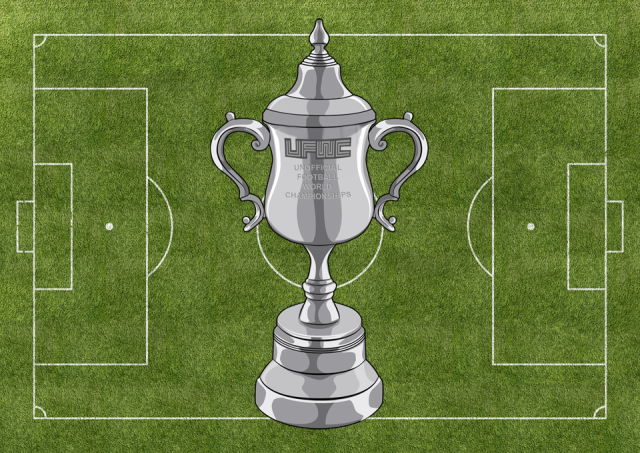With Japan’s participation in the forthcoming Copa America tournament in doubt, there’s a question mark over when the next UFWC title match will take place. What is certain is that there’s going to be an indeterminate gap in the UFWC fixture list. The last UFWC title match was played on 29 January – when Japan defeated Australia in the Asian Cup final.
Even if Japan’s fixtured Copa America opening match against Colombia takes place on 2 July, there will have been a gap of more than five months. But that will by no means be the longest gap in the UFWC’s long lineage.
Back in the very early days of the UFWC, from 1872, there was only one international fixture – England vs Scotland – and this was usually played annually. So there were often gaps of 12 months or longer in between fixtures. These gaps shortened as Wales and Ireland entered the international scene and more fixtures were arranged. By the time other nations such as Hungary and Austria entered the UFWC, there were up to six title matches per year. But the first major UFWC hiatus began in 1914 due to the Great War.
On 14 March 1914, UFWC title holders Ireland played a 1-1 draw with Scotland. On 7 August 1914, Britain declared war on Germany, and the conflict put an end to international football fixtures for five and a half years, and stole the lives of many of the era’s best footballers. UFWC fixtures resumed on 25 October 1919, with Ireland playing out another 1-1 draw, this time with England. The gap between fixtures was a huge 79 months. Unsurprisingly, this was the longest lay-off in UFWC history.
By the 1930s, with the number of international matches increasing, there were often up to ten UFWC title matches per year. Then, in 1944, conflict again disrupted the competition. Although there were fewer matches played during the Second World War, the UFWC was only put on hold for a relatively short 19 months. Sweden defeated Hungary 7-2 on 7 November 1943, and the tournament resumed when Sweden beat Denmark 2-1 on 24 June 1945.
The next notable gaps in UFWC lineage were primarily caused by the reluctance of South American teams to play friendly matches. Typically, sides like Argentina, Brazil and Paraguay would only play at major tournaments. So, when Chile beat the USA 5-2 at the World Cup finals on 2 July 1950 but were nevertheless eliminated, the UFWC trophy was put in a box somewhere for 20 months. Eventually, Chile participated in the Pan American Championships, defeating Panama 6-1 on 16 March 1952.
Then, in the 1960s, Colombia pulled a similar trick. They beat Costa Rica in a rare friendly match on 4 September 1963, then didn’t play again for 21 months, losing 1-0 to Ecaudor in a World Cup qualifier on 20 June 1965.
The biggest gap in recent years also involved Colombia. They beat Switzerland 2-0 at the World Cup finals on 26 June 1994, but were eliminated from the competition. Shortly afterwards came the tragic murder of Colombian player Andres Escobar. Colombia didn’t play again for more than 6 months, losing to South Korea on 31 January 1995.
So we don’t know when the UFWC will get back underway, and this could well be the longest fixture gap since the 1960s, but we know that when it does it will have been worth waiting for.





